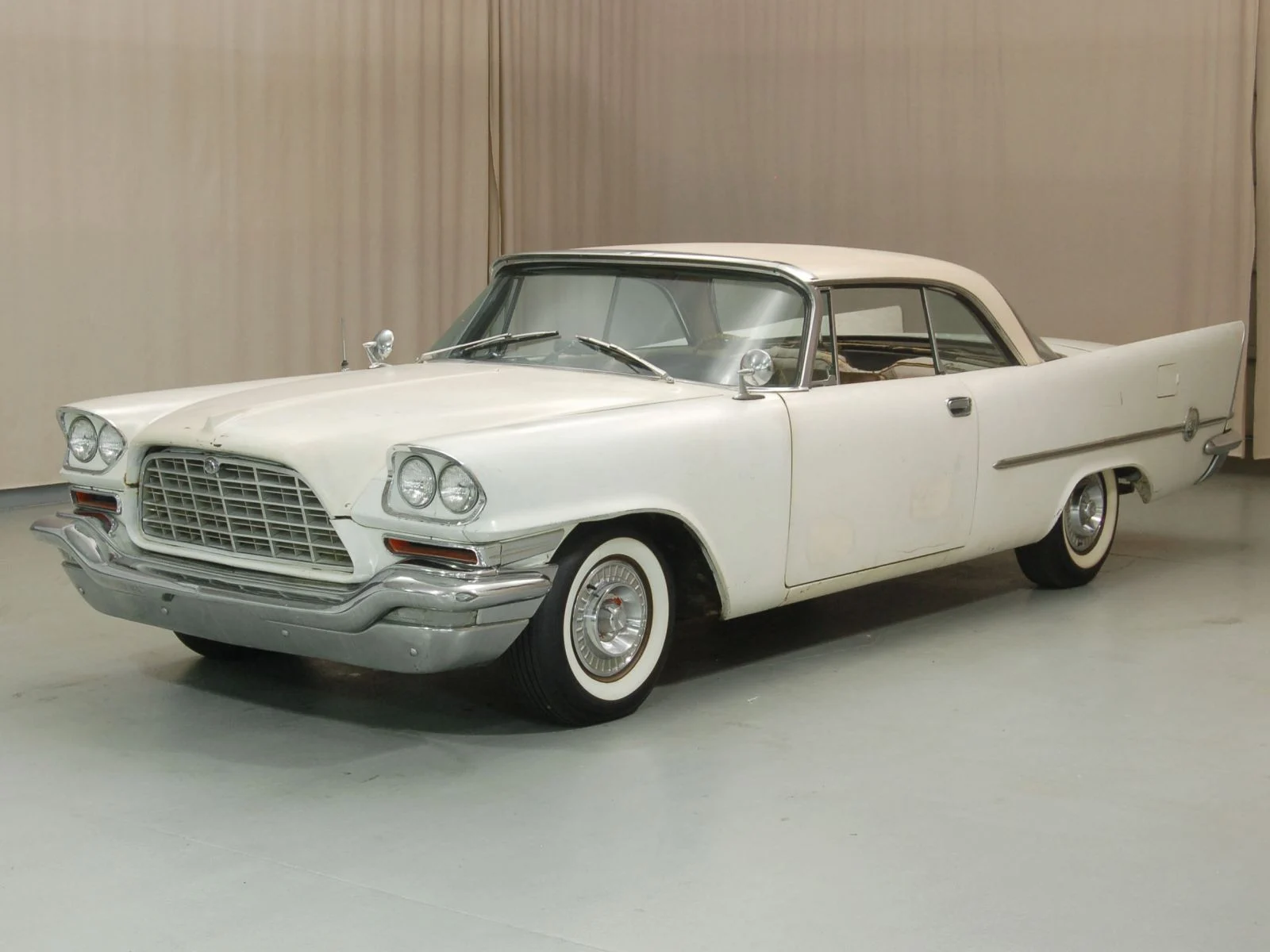While writing a post on the virtues of reuse, I realized that there is a tradeoff between reuse and fashion. Both are user needs; one is pragmatic and rational; the other is emotional and social.
(Note: The car in the photo is a 1957 Chrysler 300. My grandfather owned one of these. Grandma always felt very fashionable in it cruising down Colorado Drive to go shopping at Bullocks Pasadena or I Magnin!)

Fashion is Everywhere!
In Today’s Business World
Tech companies glorify creativity, imagination, disruptive innovation and, as Mark Zuckerberg put it, to “move fast and break things”.
Businesses often invoke these words in marketing efforts to make their companies seem fashionable. And sometime companies actually do value the concepts behind these words and phrases. But they pursue these activities as means to achieve the goal of maximizing profit by avoiding competition. And unlike some other strategies for avoiding competition, it is perfectly legal to use creativity, imagination and innovation to design and sell products that have no competitors.
Of course, just because a concept is fashionable doesn’t always mean it’s a good idea. Moving fast and breaking things is particularly bad advice for medical device companies!

Clayton Christensen, the Harvard professor who developed the theory of disruptive innovation. I met him once when he was a gifted child.
In the American Automobile Industry
In the 1950’s and 1960’s Detroit would introduce new models every September with flashy full-page ads in all the leading magazines of that era: Look, Life, Saturday Evening Post, Time. As a child, I would eagerly await the magazines to see what the new cars would look like. Not that my unfashionable parents would ever buy a new car! Of course, as soon as the new models came out, the older models would look out-of-date. People who wanted to stay fashionable bought a new car every two or three years.
Perhaps that was the point.
The Chrysler 300
See also the YouTube video about the evolution of the Chrysler 300.
All that changed in the 1970’s. The price of gas increased dramatically. New environmental concerns led to reduced tailpipe emissions. Competition from Japanese automakers forced Detroit to make more reliable cars. Fuel economy, reduced emissions and increased reliability became more important than yearly styling changes.
Fashion went out of fashion.
Chrysler resurrected the 300 in 1999 after biannual style changes were no longer fashionable.
In 19th Century Tahiti
Charles Darwin visited Tahiti as a young man when he was the ship naturalist on the HMS Beagle. He wrote in his diary on Sunday, November 15, 1835 about the fashions for tattoos among the Tahitians: “Most of the men are tattooed, the ornaments so gracefully follow the curvature of the body that they really have a very elegant & pleasing effect.”
He continued: “Many of the older people have their feet covered with small figures, placed in order so as to resemble a sock. — This fashion is however partly gone by & has been succeeded by others. Here, although each man must for ever abide by the whim which reigned in his early days, yet fashion is far from immutable. An old man has his age for ever stamped on his body & he cannot assume the air of a young dandy.”
Going on to describe how the Tahitians shaved the top of the head to leave only an outer ring of hair, he observes that “the Missionaries have tried to persuade the people to change this habit, but it is the fashion & that is answer enough at Tahiti as well as Paris.”
And In 19th and 20th Century Art, Music and Architecture
Meanwhile back in Europe and North America fashion was all the rage, and not just when it came to women’s clothing. Various styles of painting went in and out of fashion: Neoclassicism, Romanticism, Realism, Impressionism, Post-Impressionism. Composers such as Beethoven, Shubert, Wagner, Debussy, Schoenberg and Webern were celebrated as much for their innovations as for the quality of their music.
Architects gained fame for designing buildings that were both visually striking and wildly impractical. Fallingwater, designed by Frank Lloyd Wright, and Villa Savoye, designed by Le Corbusier have inspired generations of architects and the general public with their beauty, but both were plagued by major cost overruns and leaky roofs.
But as in the American automobile industry, fashion may be becoming less fashionable, at least in the world of fine art. A recent New York Times article, Why Culture Has Come to a Standstill, discusses this phenomenon.
So, Is Fashion Really a User Need?
Yes! Given its widespread appearance in time and place, it obviously satisfies some deep human needs.
Systems engineers always begin a design by identifying user needs. We should not overlook user needs that are emotional rather than rational. Things like social status. Self-expression. And of course, the more respectable older cousin of Fashion – Beauty. Designs that meet these emotional needs will be more successful than designs that don’t. Apple computers cost hundreds of dollars more than competing brands with comparable technical specifications simply because they are more beautiful.
Fashion satisfies emotional user needs; reuse satisfies practical user needs. Since fashion requires novelty and reuse requires preservation the systems engineer may find it difficult to reconcile the two sets of user needs into a satisfactory design. But this is just one case where we must make design tradeoffs between conflicting needs. Good systems engineers become skilled at making these sorts of tradeoffs.










